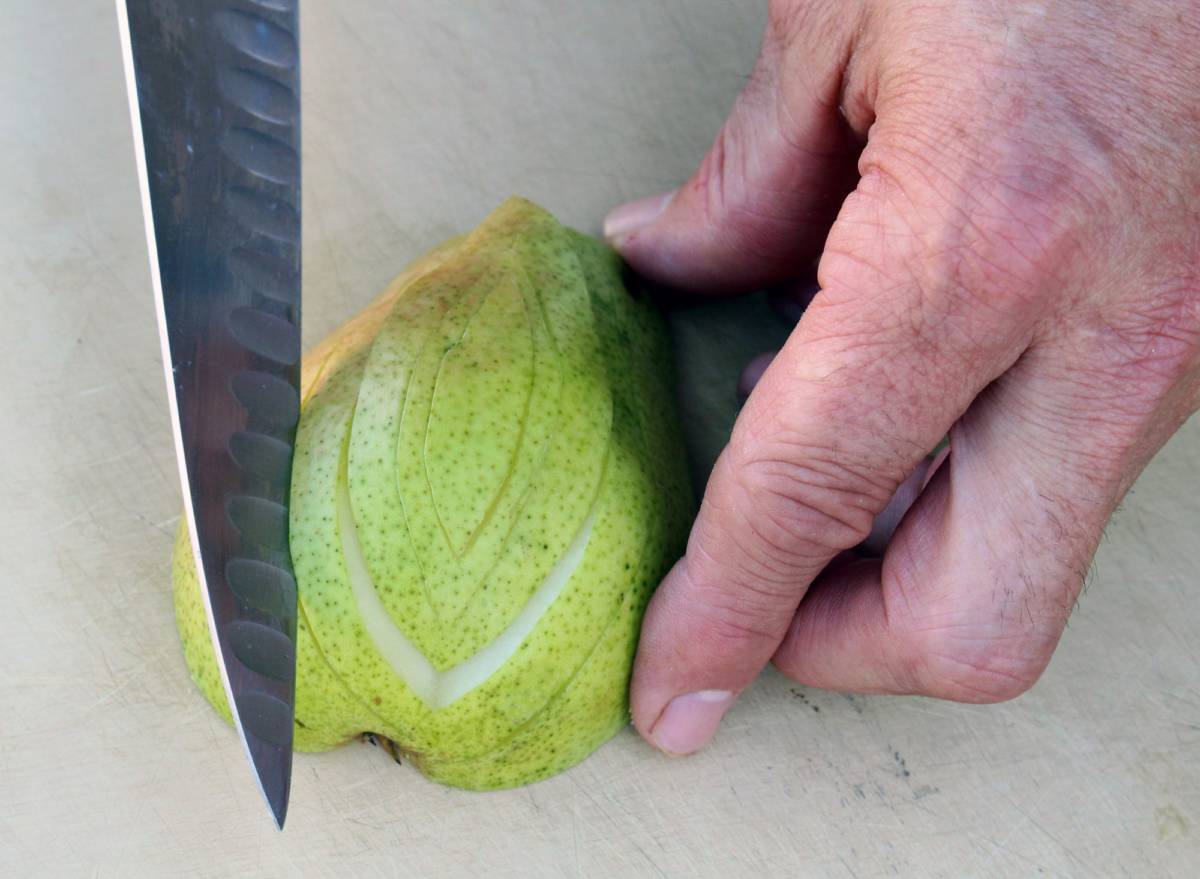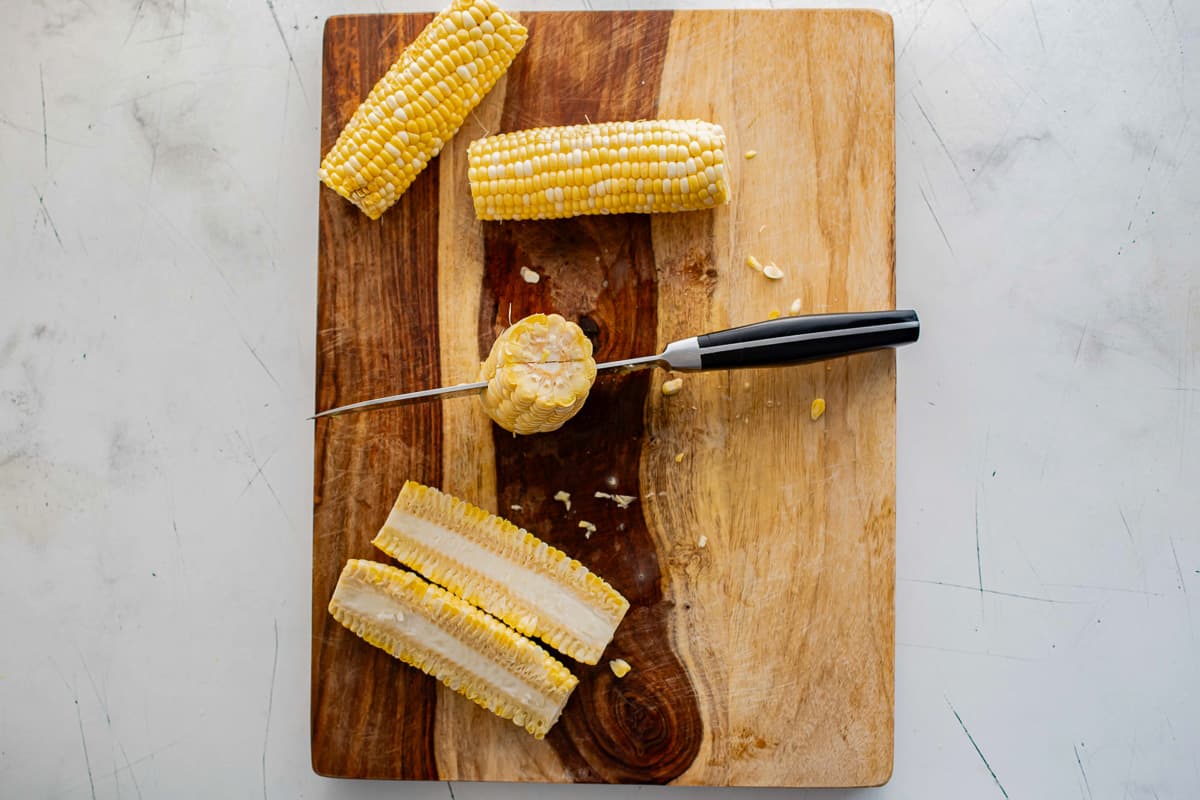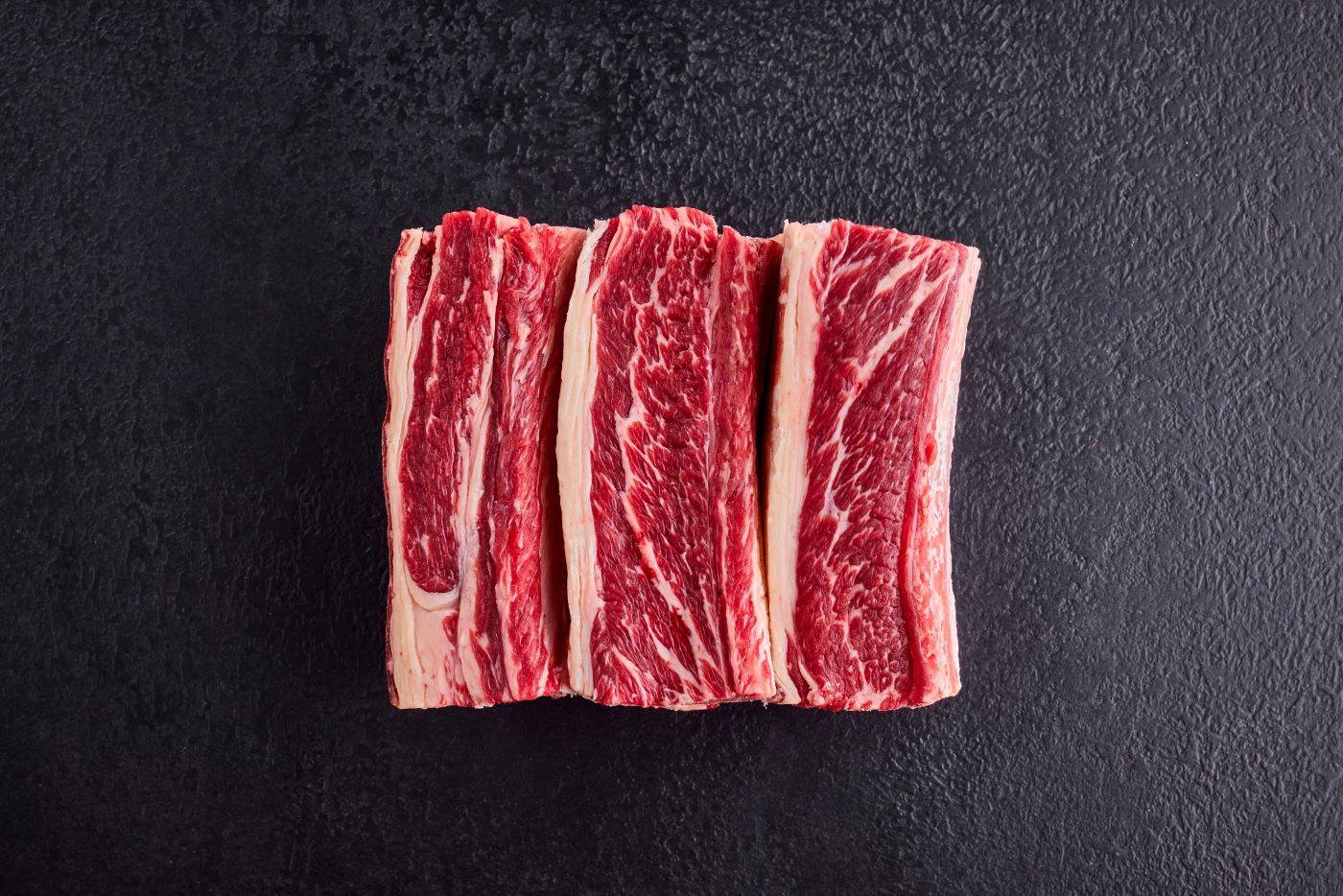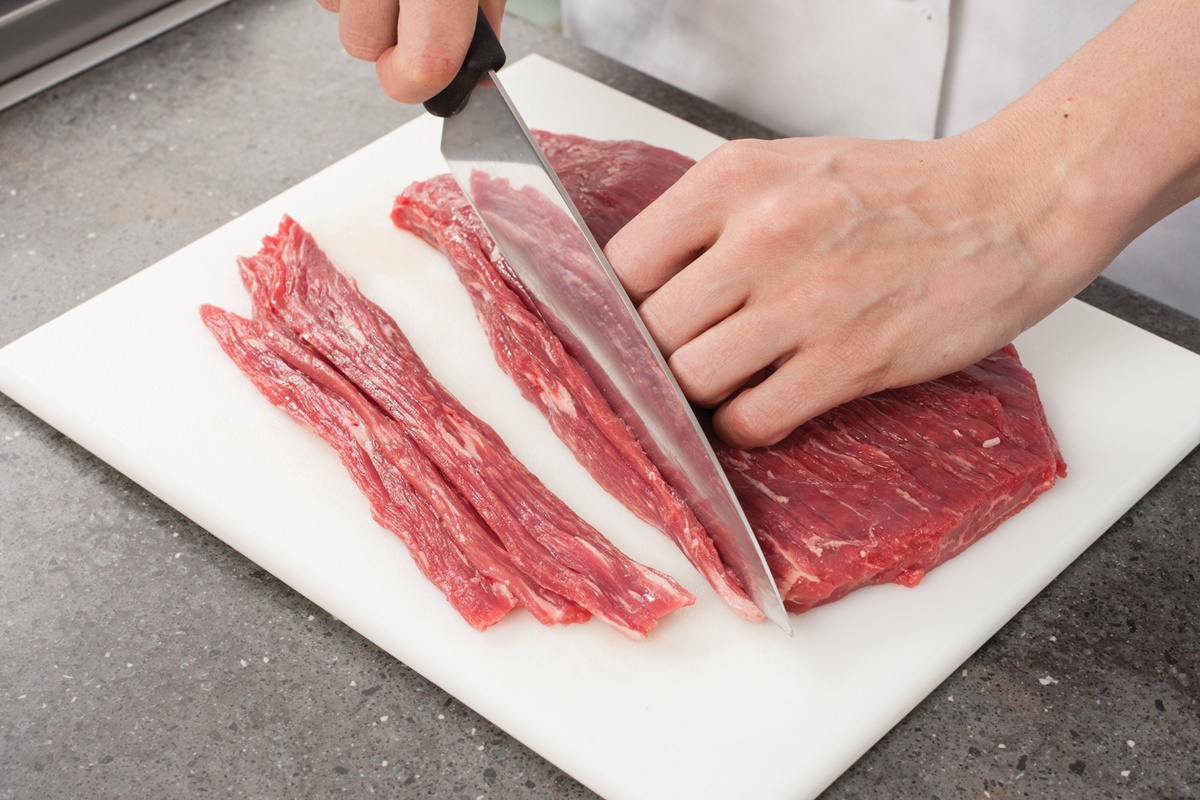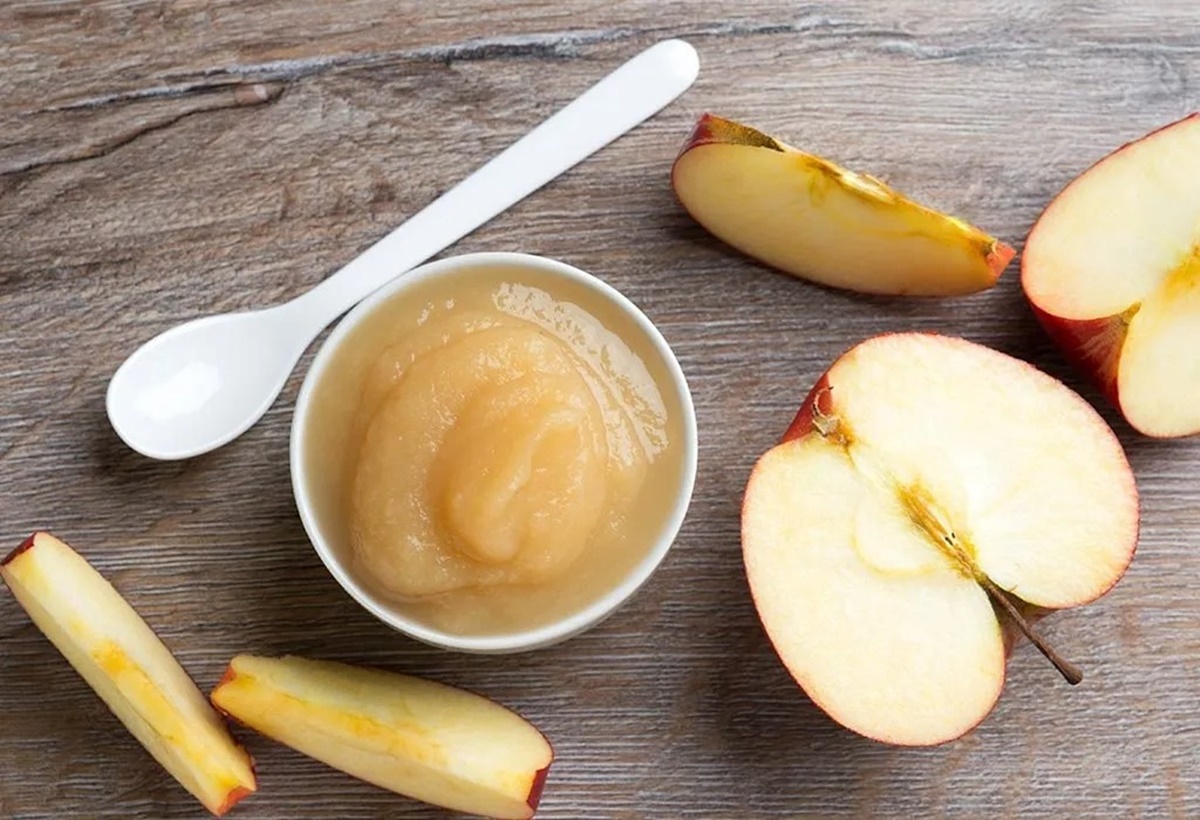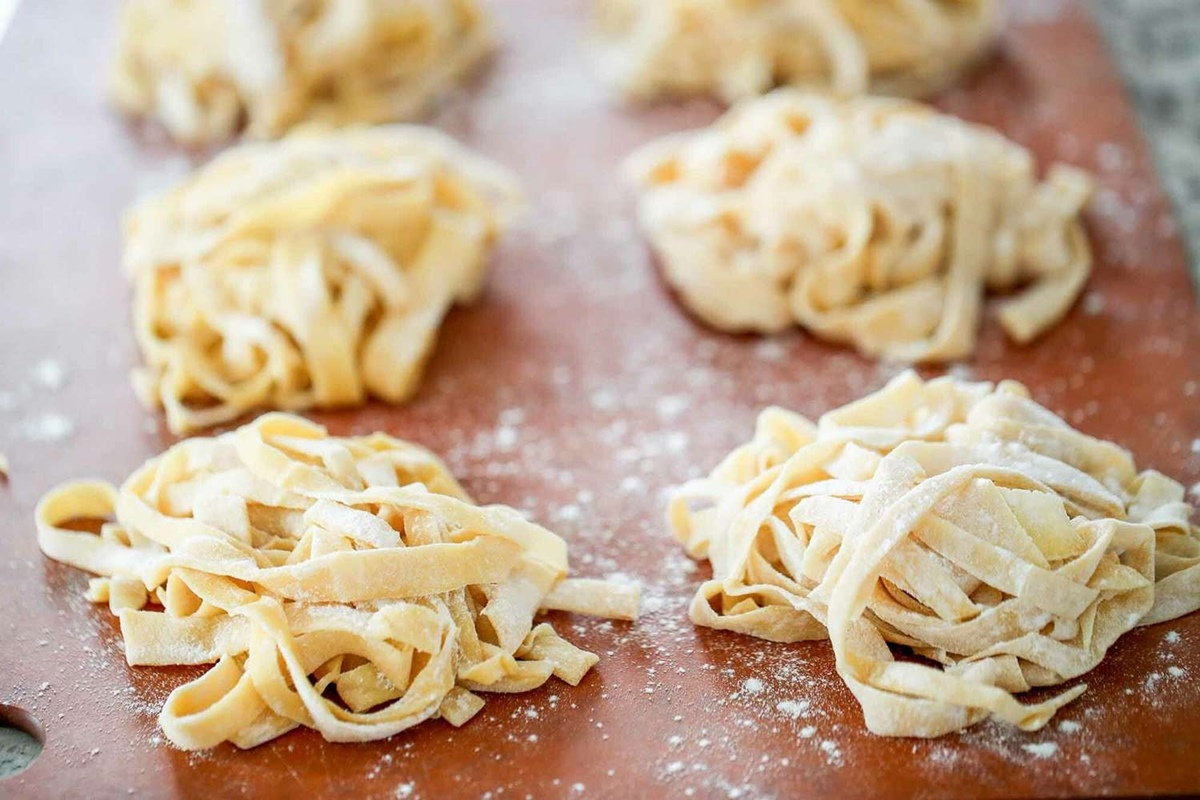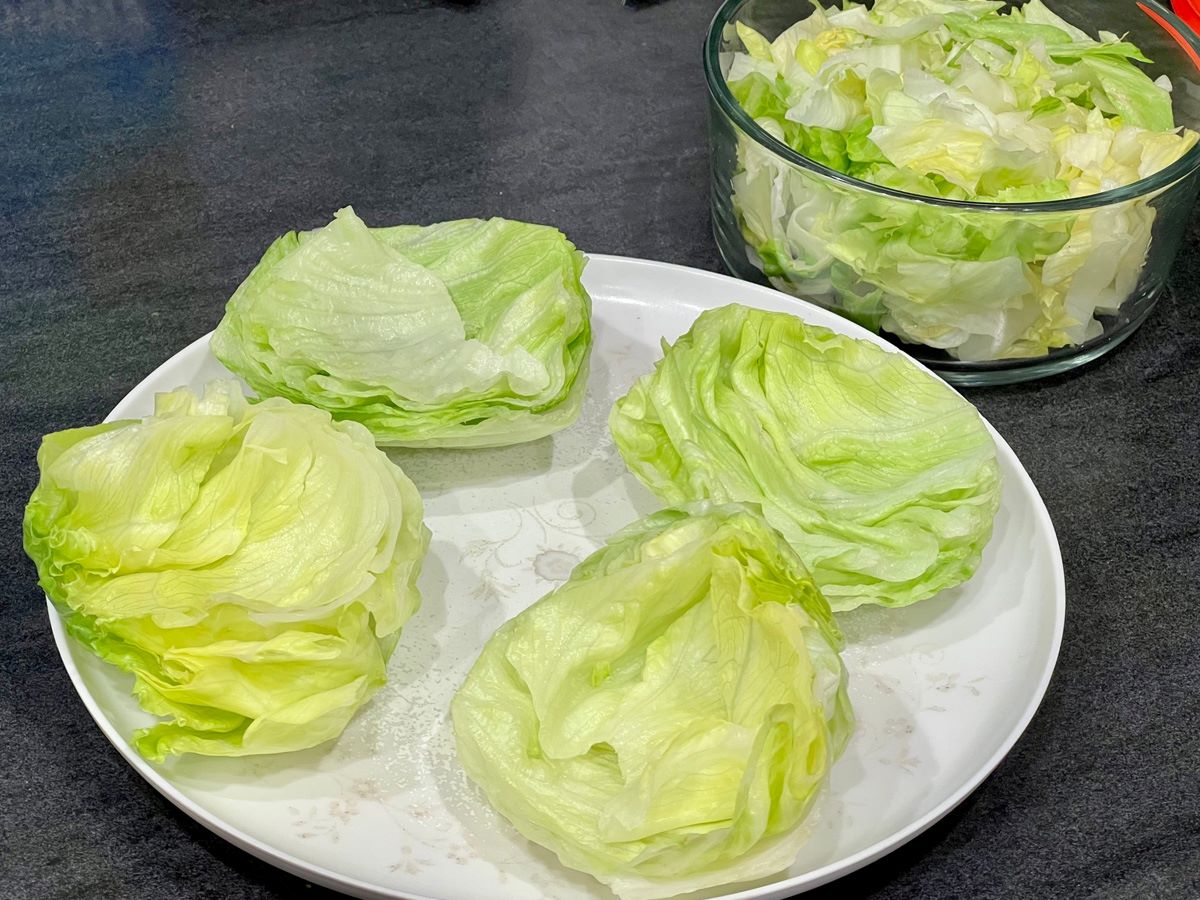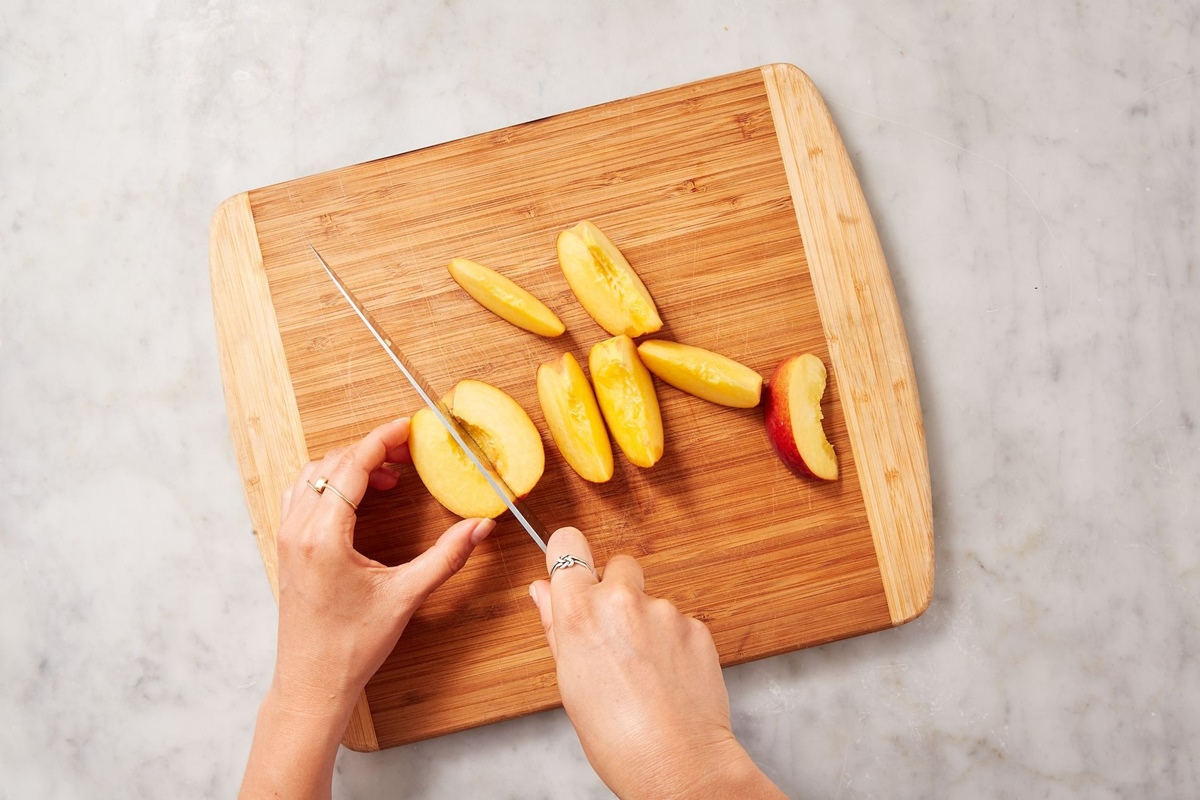How To Cut Beef Bones At Home: A Guide for Food Enthusiasts
Are you a food enthusiast looking to take your cooking skills to the next level? If so, learning how to cut beef bones at home is a valuable skill to add to your repertoire. Not only can it save you money, but it also allows you to create delicious bone-in cuts that are packed with flavor. In this guide, we will walk you through the steps to safely and effectively cut beef bones at home.
Why Cut Your Own Beef Bones?
Cutting your own beef bones provides several advantages over buying pre-cut bone-in cuts from the store:
- Cost savings: Purchasing bone-in cuts can be more expensive than buying boneless or pre-cut meat. By cutting your own beef bones, you can save money without compromising on quality.
- Fresher cuts: When you cut beef bones at home, you have control over the freshness of the meat. This allows you to ensure that the bones are in prime condition, which can greatly enhance the flavor of your dishes.
- Customization: Cutting your own beef bones gives you the freedom to adjust the size and shape of the cuts according to your specific needs. Whether you prefer smaller pieces for soup stocks or larger bones for roasting, you have the flexibility to create the perfect cut.
Tools You’ll Need
Before you embark on cutting beef bones at home, make sure you have the following tools on hand:
- Sharp butcher’s knife: A sharp knife is essential for clean and precise cuts.
- Cutting board: Choose a sturdy cutting board that can withstand the force of cutting through bones.
- Meat cleaver (optional): While not necessary, a meat cleaver can be helpful for cutting through thicker bones.
- Gloves: It’s always a good idea to protect your hands with gloves to prevent any accidents.
Safety First
When handling sharp knives and cutting through bones, it’s important to prioritize safety. Here are some tips to keep in mind:
- Wear gloves to protect your hands from potential injuries.
- Use a stable surface, such as a sturdy cutting board, to ensure the bones are secure during the cutting process.
- Take your time and maintain a firm grip on the knife to have better control while cutting.
- Keep children and pets away from the cutting area to avoid accidents.
The Cutting Process
Now that you have your tools and safety measures in place, let’s dive into the cutting process:
- Choose the right bone: Select the type of beef bone you want to cut, such as marrow bones, rib bones, or oxtail. Ensure that the bones are fresh and of high quality.
- Prepare the bone: Trim off any excess fat or connective tissue from the bone if necessary.
- Secure the bone: Place the bone on the cutting board, ensuring it is stable and won’t move during the cutting process.
- Make a clean cut: Using a sharp butcher’s knife or a meat cleaver (if needed), make a clean cut through the bone, applying steady pressure and utilizing a sawing motion. Be cautious when cutting through thicker bones, as they may require more force.
- Trim and shape (optional): If desired, you can further trim or shape the bone to meet your specific cooking needs.
- Clean and store: Once you have cut the beef bones, wash them thoroughly with cold water and pat them dry. Store them in an airtight container or wrap them tightly to maintain their freshness.
Now that you know how to cut beef bones at home, you can unlock a world of culinary possibilities. From rich and hearty bone broths to succulent roasted dishes, the flavor and versatility that bone-in cuts bring to your cooking are unparalleled. So, grab your tools, practice your technique, and get ready to elevate your dishes to a whole new level!
More Delicious Ways to Use Your Beef Bones in Recipes
Mastering the art of cutting beef bones opens up a world of rich, flavorful recipes that you can try at home. From nourishing soups to hearty stews, each dish offers a unique way to utilize your new skills. For a start, the classic beef broth provides a fundamental base for many other recipes, making it an essential first try. If you're looking for something with a robust flavor, the beef bone marrow roast or the hearty beef shank osso buco are highly recommended. These dishes not only showcase the depth of flavor that bone-in cuts can offer but also highlight your dexterity in bone handling. Additionally, the smoky bbq beef ribs and beef bone pho offer delightful ways to explore different cuisines while applying the same techniques. Each recipe is designed to enhance your cooking experience and impress with every bite.
Was this page helpful?
Read Next: How To Cut Lettuce For Wedge Salad
